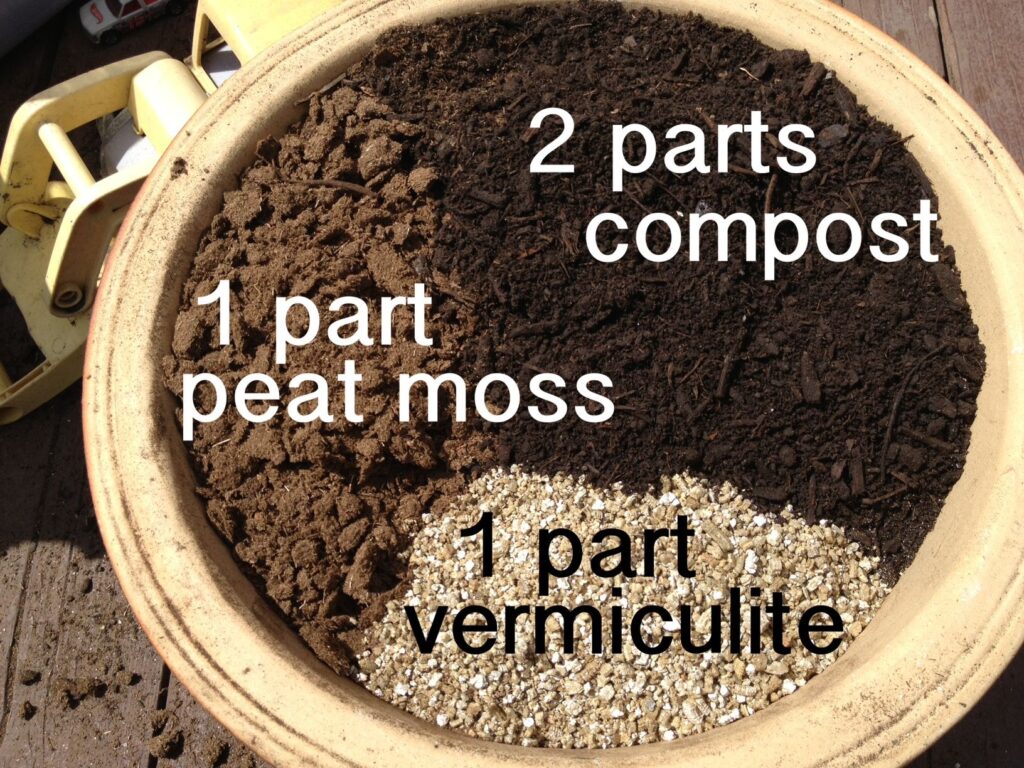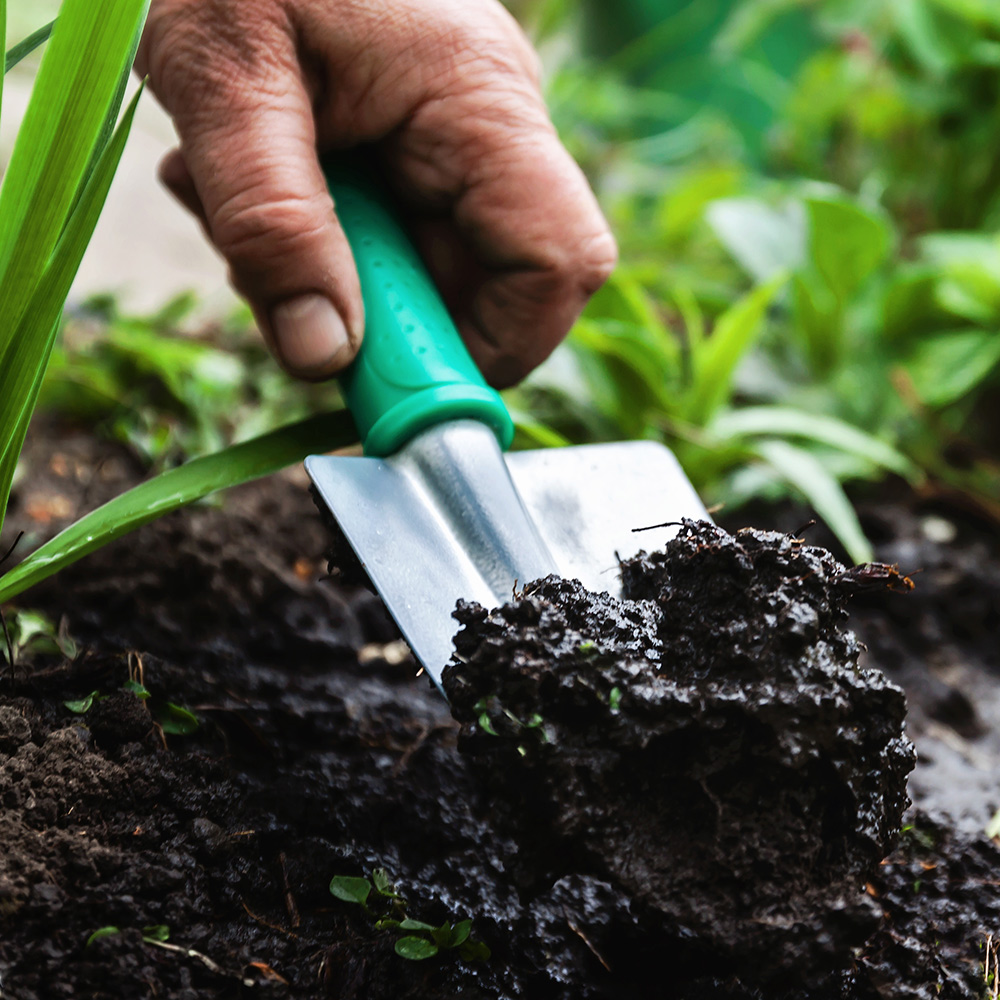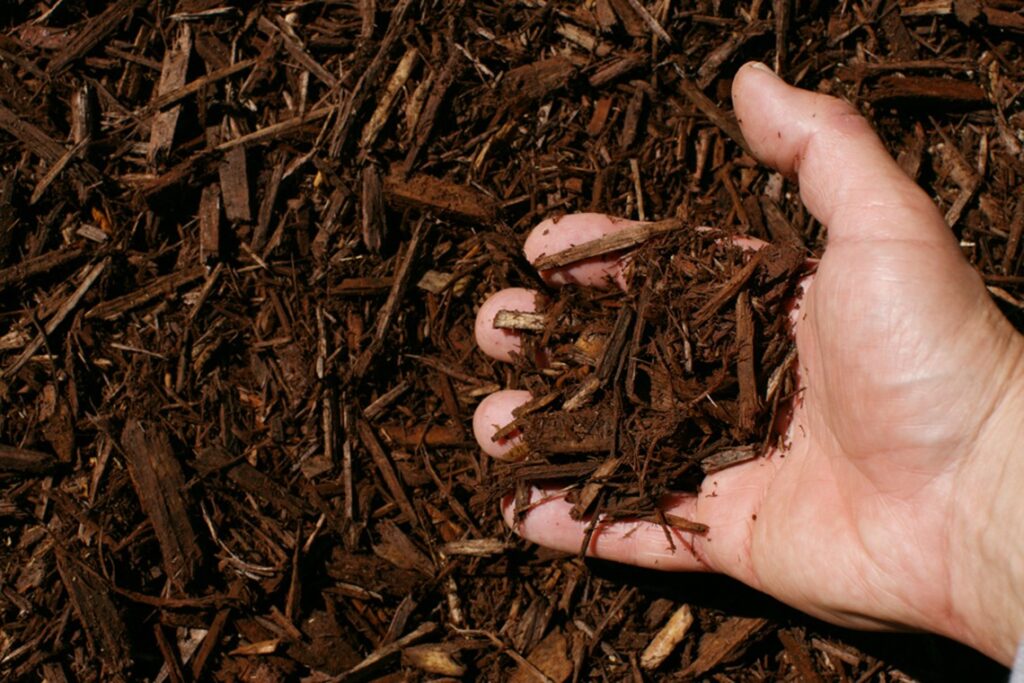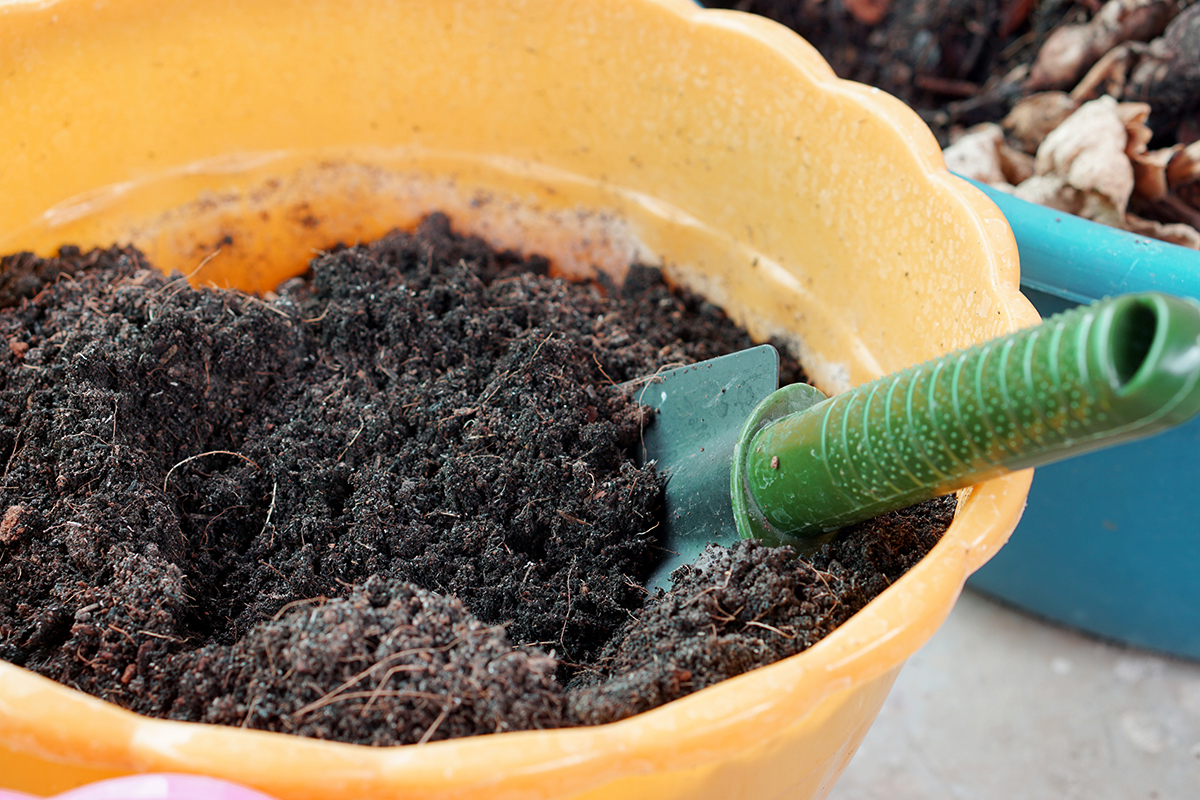Lemon trees make your life easy because you can grow them anywhere around your home so long as you plant them in best soil for lemon trees.
Lemons that you grow in good soils produce lovely glossy green leaves and bright yellow fruits.
You can plant a lemon tree in a backyard, in a container, or a usual garden, and it usually grows.
Suppose you stay in the U.S Department of Agriculture hardiness zone 9 through 11. In that case, you can cultivate your lemon tree in a backyard.
Much as lemon trees can thrive in poor soils compared to other citrus trees, they have preferences for grounds. So long as the soils are not heavy, they will be ideal for the tree’s growth.
Factors to consider when choosing best soil for lemon trees
1. Soil composition determines best soils for lemon trees

Lemon trees grow best in loamy or sandy loam soils though they can still survive in other types of well-draining surfaces.
These tree plants desire soil pH grades between 5.5 and 6.5, which are balancing. In case the acidity of the soil is high, apply sulfur, and if it’s low, apply lime to increase it.
2. Location
Lemons that you plant in heavy soils do not grow quite large, unlike those in well-draining areas that spread out properly.
It would help if you spaced the lemon trees at least twelve feet from any buildings, walls, and trees to enable it to get plenty of sunlight.
Always keep in mind that lemon trees need direct sunlight for proper growth and fruit output. Also, place your tree at the southwestern end where the northern winds will not find the tree.
3. Soil moisture

Lemon trees will thrive most under moist soils to wet ones. While watering a lemon tree ground, do it once a week or every ten days to avoid saturating the soils. The soil needs to dry between watering partially.
Overwatering the ground will lead to root rot hence making the tree weak and vulnerable to fungi. Still, under-watering dry the soils, therefore, bringing stress to the tree and affecting fruit production.
4. Fertilizing soils to have the best soil for lemon trees
Lemon trees would enjoy nutritious soils that are rich in nitrogen, especially during the growing season. A tree of two to three years old needs two tablespoons of actual nitrogen before watering, and you can do it two to four times a year.

You need to scatter the fertilizer over the root area and, after that, water the soil. The lemon tree needs specific feeds for citrus trees.
5. Mulching
To reduce competition moisture and nutrients for the tree, you need to keep the soil away from weeds and grass.
Use landscape fabrics around the lemon tree, which will help prevent the weeds.
You can also apply wood chips as mulching material.

Mulching helps retain moisture and to improve soil composition. Ensure to keep the mulch material at about 12 inches away from the tree trunk. Do not use herbicides to remove the weeds since lemons are sensitive to chemical substances.
6. Container lemon planting
It doesn’t matter where you are growing your lemon tree to ensure well-draining soils. Whether you grow a lemon tree in a container outdoors or indoors, the ground needs to be the same.
That container needs to have drainage holes to release excess water and help the lemon tree plant have enough breathing space.
Potting soils works perfectly for container lemon trees. After planting the tree, you need to place it on a raised ground for proper air circulation around the surface.
A container lemon plant needs more water than a ground tree alongside a continuous slow release of fertilizers.
Soil requirements for an indoor lemon tree
When you choose to grow your lemon tree in a pot, you are on the right track because container lemons give you all the flexibility you can think of as you plan to grow your tree.
A container lemon tree needs warm temperatures and bright light to grow. Suppose you are living in the USDA hardiness zone 9b or lower. In that case, you need to consider cultivating the lemon tree indoors.
You need to make sure the indoor lemon tree gets enough nutrients after all potted trees get access to the little soil.
1. Choose the right soil
A well-draining commercial potting mix is the best choice when choosing the soil for an indoor lemon tree. Check the soil pH and make sure the acidity is not too high and not very low.
2. Make the potting mix
When you plant an indoor lemon tree, you need to have a pot and the soil mixture. A potting mix contains equal portions of sand and perlite. In this mix, you can mix some organic composts to give your tree enough nutrients.
Every three to four years, you need to repot your lemon tree when it’s outgrowing the current container to a larger one. Whenever you move the tree, put a fresh potting mix to replace the old one.
You are better off using a plastic or glass container because it will help retain the soil moisture. It allows less evaporation than the ceramic and wooden pot.
3.Chose a pot which will help in soil drainage
When planting an indoor lemon tree, where you place it matters a lot. The container needs to have enough drainage holes at the bottom, preventing water from suffocating the tree roots.
You can support the container with a gravel layer in a tray so that the pot does not sit in much water, which will damage the roots.
4. Nutrient requirements
Lemons trees grow best in rich soils, so you need to fertilize them during the spring and the summer growing season. Add fertilizers in March and end by September each year.
Indoor lemon trees prefer the slow release fertilizing method. If the leaves are yellowing, it’s a sign your tree lacks nutrients, so you need to add them. Fertilizers need to be rich in nitrogen, phosphorus, and potassium to keep the tree healthy, blooming, and produce lemons.
The best soil for Meyer Lemon
Meyer lemon is a hybrid of an original lemon and a mandarin orange. It has a yellow-orange pigment when ripe and has a less acidic flavor.
Meyer lemon grows up to 6 to 10 feet height and 4 to 8 feet wide under full sun in the morning and a half shade in the afternoon.
Meyer lemon’s best soil is sandy loam and well-draining with soil pH levels of 5.5 to 6.5. It can thrive in any soil type so long as they are light and won’t become muddy when you water.
Meyer lemon tree soil mix

1. Use a five-gallon plastic container about 12-15 feet tall.
2. Make sure the pot has holes at the bottom for proper drainage.
3. Make a potting soil mix of equal portions worth ⅓ peat moss, ⅓ sandy loam soil, and ⅓ perlite.
4. Pour the potting mix into the container up to ¾.
5. Pour some water into the potting mix to make the blend soft. Slide the tree from the old pot and remove the dry roots.
6. Place the lemon tree in the middle of the pot, then put the potting mix above the soil line.
7.Water the tree slowly as you pull the tree up infrequently to help you remove any air pockets.
Lemon tree fertilizer
Lemon trees are heavy feeders. They need enough fertilizers to thrive, keep healthy, maintain proper growth, bloom, and produce lots of fruits.
While caring for these trees, you need to know the right combination of nutrients your tree needs, and it will give you what you expect from it; lemons for lemonade.
Add fertilizers to a lemon tree at least every one to two months in the spring and early summer when the tree is actively growing. If it’s the winter season, you can add fertilizers at least once every two to three months.
A lemon tree fertilizer requires three main micronutrients, which are nitrogen (N), then phosphorus (P), and potassium(K), known as NPK in short. Nitrogen takes the higher portion during the mix, and the ratio has to be 2:1:1.
Nitrogen is responsible for the growth of leaves on a lemon tree. Phosphorus is responsible for root growth, flower and fruit development. Potassium helps the general function of the lemon tree plant to perform correctly.
You can also add minerals such as manganese, zinc, and iron for the tree to have enough nutrients and stay healthy.
Conclusion
A healthy lemon tree is one with enough nutrients. So while determining the best soil to grow your lemon tree plant, choose the sandy, loamy soil because it’s light and well-draining.
You need to know the soil requirements before planting a lemon tree and giving the tree proper care to produce yields.
Frequently Asked Questions
When making your potting soil for lemon trees, the mixture has to be with well-draining grounds. Mix equal parts of sand, peat, and perlite. Every time a lemon tree outgrows its container, remove it and make the fresh potting mix in a larger pot.
Lemon trees are heavy feeders and require regular feeding. You need to use a fertilizer high in nitrogen and equal portions of phosphorus and potassium. Fertilizing is best in late March to October.
When reviving a dying tree, use a sprinkler twice a week and deep water the lemon tree during the warmer months. Clear the area around the tree is free from weeds and unwanted grass. Make sure the mulch is not close to the tree trunk. Removing the weeds and grass is to reduce the competition between the tree and weeds for nutrients.
Roots change from their original color from reddish purple to grayish black. Other root rot symptoms include yellow leaves, lack of vigor for the tree, and twig dieback. The leading cause of root rot is a fungal disease that comes due to overwatering the lemon tree.
